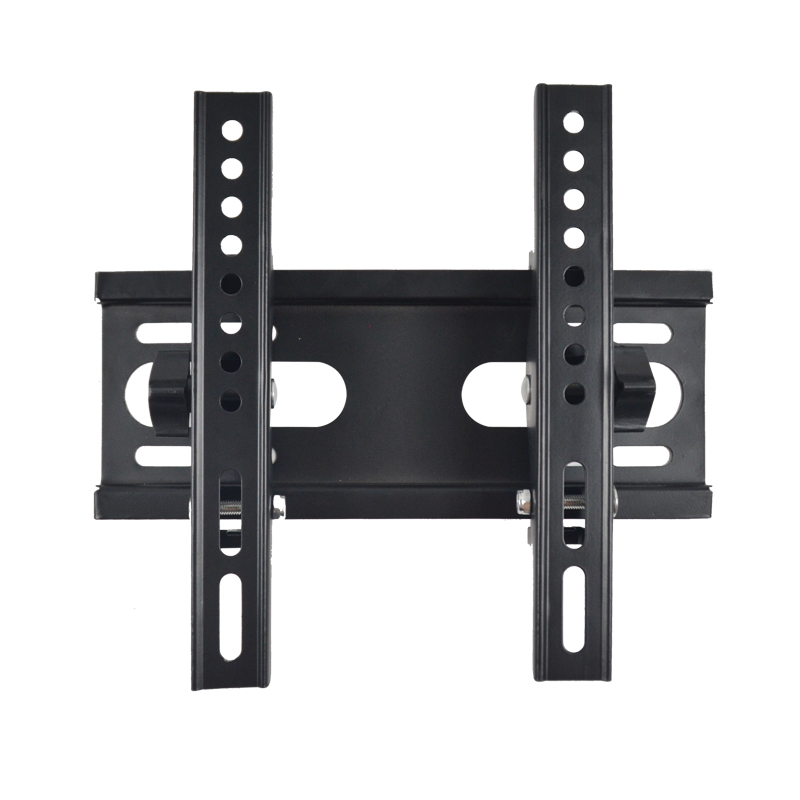wholesale bracket for tv company
wholesale bracket for tv company
Understanding the Wholesale Bracket for TV Companies
In the rapidly evolving landscape of consumer electronics, particularly television, the pricing structures and wholesale brackets set by manufacturers play a crucial role for retailers and distributors. This article delves into the significance of wholesale brackets in the television industry and how they impact both vendors and consumers.
Understanding the Wholesale Bracket for TV Companies
Firstly, the wholesale bracket helps to maintain a balance between competitive pricing and profitability. In an industry saturated with a variety of brands and models, pricing competition is fierce. Manufacturers must set wholesale prices that allow retailers to mark up their products while still offering competitive prices to consumers. For instance, if a manufacturer opts to price its flagship 65-inch LED television at $800 wholesale, retailers might typically sell it for around $1,200. This $400 markup allows retailers to cover operational costs while providing discounts or promotional offers that can further entice consumers.
wholesale bracket for tv company

Secondly, wholesale brackets enable manufacturers to segment their products based on features and target markets. Different models of TVs—ranging from basic LED screens to high-end OLED displays—are assigned different wholesale prices. Manufacturers analyze market trends and consumer demands to create tiered pricing. This means that a model designed for budget-conscious consumers may have a lower wholesale price, while premium models with advanced technology can be priced higher. Such segmentation allows manufacturers to cater to a wider audience.
Furthermore, the wholesale bracket directly influences inventory management. Manufacturers rely on these brackets to calculate demand forecasts and adjust production accordingly. When launching a new TV model, a manufacturer may set an aggressive wholesale price to stimulate initial sales and penetrate the market aggressively. Conversely, as models age, they may lower the wholesale prices to clear out inventory and make way for newer products. Effective management of these brackets helps ensure that companies do not overproduce or underproduce, which can lead to excess inventory or stock shortages.
Additionally, wholesale pricing strategies often include incentives for retailers. Manufacturers might offer promotional pricing or bulk purchasing discounts within their wholesale brackets to encourage retailers to order larger quantities of specific models. Such incentives not only boost sales volumes for retailers but also help in building stronger relationships between manufacturers and retailers. This cooperative dynamic is essential for the success of TV sales strategies.
In conclusion, the wholesale bracket for TV companies is a fundamental aspect that shapes the pricing strategies and market dynamics of the consumer electronics industry. It affects how products are priced at retail, influences inventory management, and dictates how companies position themselves in a competitive landscape. For retailers and manufacturers alike, understanding and effectively utilizing wholesale brackets can lead to greater sales success and improved customer satisfaction. As technology continues to advance, adapting these pricing strategies will be crucial for staying relevant and meeting the demands of an ever-changing market.
-
Reliable Tilt TV Mount Company & Manufacturer, Factory Direct PriceNewsJul.30,2025
-
Reliable Tilt TV Mount Company & Manufacturer, Factory Price & ServiceNewsJul.29,2025
-
Installing TV Wall Mount in Apartment for Secure and Sleek SetupNewsJul.29,2025
-
High-Quality Tilt TV Mount Exporters for Secure InstallationNewsJul.29,2025
-
Professional Tilt TV Mount Company & Manufacturer, Competitive PricelistNewsJul.28,2025
-
Top Tilt TV Mount Exporters: Quality Manufacturer & Competitive PricingNewsJul.28,2025
